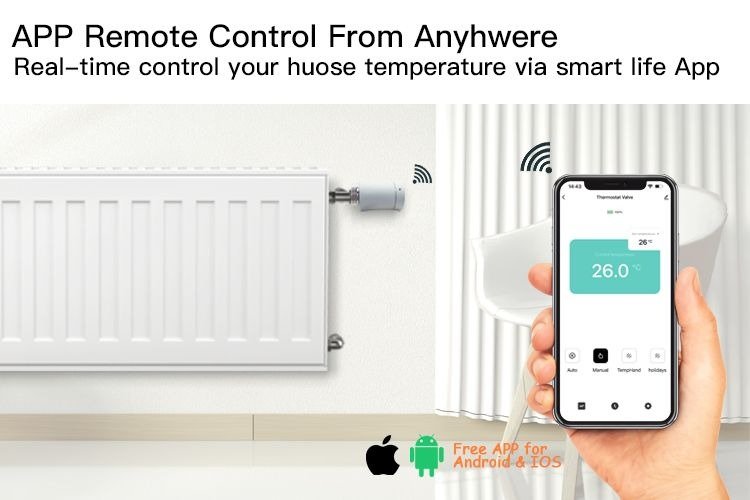Steam radiators not heating up can drive you nuts—cold rooms, shivering nights, and skyrocketing energy bills despite cranking the system. Ignoring it might mean costly repairs or even replacing the whole setup. But don’t sweat it—understanding the issue and picking the right fix, like a quality valve from IVALVECRAFT, can warm things up fast. Keep reading to solve this!
If your steam radiator isn’t getting hot, it’s likely a faulty steam control valve, air trapped inside, or a pressure issue. Replacing it with a high-quality brass thermostatic radiator valve from IVALVECRAFT, designed for stable pressure and flow, usually fixes it.
Curious why this happens and how to tackle it? Stick around—we’re diving deeper into valves, costs, and more to keep your radiator humming and your space cozy.

What Does a Steam Control Valve Do?
A steam control valve is the unsung hero of your radiator system. It manages how much steam flows into the radiator, controlling heat output. Without it working right, you’re either freezing or overheating—no in-between. IVALVECRAFT’s brass thermostatic radiator valves shine here. They’re built tough for stable export pressure and solid flow rate, perfect for B2B buyers like wholesalers or construction pros. Ever tried figuring out a Danfoss radiator thermostat how to use? Our valves are simpler—reliable heat without the fuss. A good valve opens to let steam in and closes when it’s enough, keeping your room just right. If it’s stuck or broken, no steam, no heat. Simple as that. For big players in Russia, Poland, or the UK, our valves mean fewer headaches and happy customers.
How Much Does It Cost to Replace a Steam Radiator Valve?
Replacing a steam radiator valve doesn’t have to break the bank, but costs vary. For a basic valve, you’re looking at $20 to $50, plus labor—maybe $100 to $200 if you hire a pro. Want something top-notch like IVALVECRAFT’s pressure reducing valves or thermostatic mixing valves? Wholesale prices for B2B clients start low, especially for bulk orders to Germany or Romania. DIY chains love our quality—high enough to trust, affordable enough to stock. Compare that to fiddling with a Danfoss radiator how to use setup—our valves save time and money. Factor in shipping if you’re overseas, but for building material wholesalers, our trade show deals (think Alibaba or Made-in-China) slash costs. A small price for warmth that lasts, right? Get a quote—your procurement team will thank you.
What Are the Two Valves on a Radiator For?
Radiators usually have two valves, and they’re not just for show. The first is the steam control valve—or thermostatic one—like IVALVECRAFT’s brass safety valves, which decides how much steam gets in. Adjust it to set your temp. The second? A lockshield valve, balancing the system so heat spreads even. Messed with a Danfoss radiator thermostat symbols and got lost? Our valves are straightforward—no manual needed, unlike a Danfoss radiator thermostat manual. For purchasing officers in Czech or UK firms, this duo means efficiency—stable flow, no waste. One controls heat, the other keeps pressure steady. If your radiator’s cold, check both—stuck valves are sneaky culprits. Our manifolds and mixing pump heating centers pair with these, giving construction projects a reliable edge.
Wrapping It Up
So, if your steam radiator’s not heating, it’s likely a valve issue—faulty steam control, trapped air, or uneven pressure. IVALVECRAFT’s got your back with high-quality brass thermostatic radiator valves, pressure reducers, and more, built for B2B champs like wholesalers and procurement pros. We’ve covered what valves do, replacement costs (pretty reasonable!), and why those two radiator valves matter. Whether you’re in Poland, Russia, or beyond, our stuff’s on Alibaba, Google, and trade shows—easy to find, easier to trust.
Choose IVALVECRAFT, choose reliable partner, enjoy the high quality and best service.


